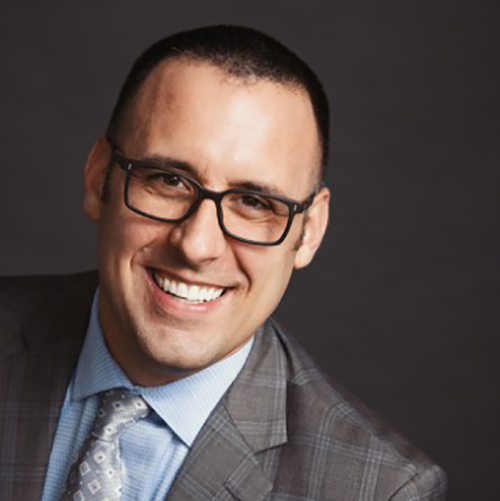It’s not exactly business as usual for the dental industry – or patients – as offices reopen for routine care amid the COVID-19 pandemic.
The outbreak of the virus has brought several changes, some of which may be permanent, in how dental offices protect their employees and patients.
“Dentists have always prioritized safety, but now we’ve significantly ramped up our precautions and standard practices because we want both patients and workers to feel comfortable during a time of great uncertainty,” says Dr. Kyle Bogan (www.drkylebogan.com), a general dentist and speaker on workplace culture.
“After three months of being able to handle only emergency cases because of the pandemic, we understand the challenges as we reopen for elective and preventative care. The experience, knowledge and concern for patients that oral care workers bring to their positions is especially important at this time.”
Dr. Bogan points out some concerns of patients and dental staffs and new protocols being implemented as offices reopen:
- Pre-screening patients. The asymptomatic carrier of COVID-19 limits the effectiveness of pre-screening patients for the virus, but patients should be asked a range of relevant pre-visit questions on the phone. “It forces dental staff to treat every patient as if they have the virus,” Dr. Bogan says. “Before patients come in, they need to be asked if they’ve had COVID-19 symptoms and, if so, if they’ve been tested.”
- Upon arrival, a new look. Dr. Bogan says that staff can allay patients’ fears by informing them of all the new safety procedures their office is taking. The visit will look and feel much different from the moment they arrive. “Patients can expect to wait outside upon arriving for their appointment until summoned by the staff,” he says. “This will greatly reduce the number of people in the waiting room and the time you’re close to other people. And patients should have their temperature taken upon arrival. The office should be devoid of the usual magazines and toys, and hand sanitizer should be available.”
- Helping fearful employees. It’s understandable if oral care workers are hesitant to return, and Dr. Bogan says it’s important to engage them in dialogue about their concerns. “The person may be worried about contracting the virus from a patient or co-worker,” he says. “They may be high-risk or have someone at home who is. Ask them what you could do to alleviate concerns, and make sure your office is following the CDC and ADA recommendations and requirements.
- Aerosols and protection. Most dental procedures create aerosols – sprays of saliva or blood from a patient’s mouth splashing into the air. Given the possibility of the virus being included in those particles, the attending staff around the patient should wear more personal protective equipment, and environmental upgrades also are advisable. “The ADA recommends face shields, N95 and KN95 masks, goggles and disposable gowns,” Dr. Bogan says. “Some practices are installing plexiglass in the front office area, air-purification systems and ultraviolet lights to reduce exposure to aerosols.”
- Diligent hygiene and cleaning. “Dentists and hygienists should adhere strictly to hand hygiene measures,” Dr. Bogan says, “including before and after contact with patients, after contact with contaminated surfaces or equipment, and after removing PPE. Disposable gowns should be discarded in a dedicated waste container after use. Cloth isolation gowns should be laundered after each use. The staff will thoroughly clean patient treatment areas between appointments with disinfectants.”
“It’s important for people to get back to the dentist for routine treatment,” Dr. Bogan says. “The virus can give some people a reason to stay away, so it’s critical for dental practices to do all the right things to mitigate risk.”















